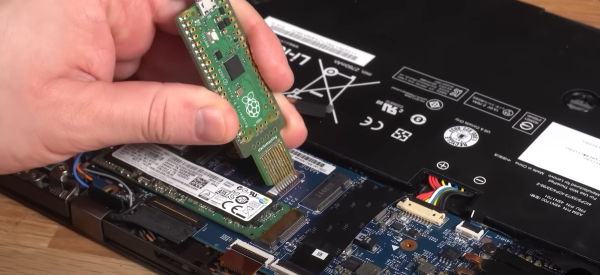Claroty’s TEAM82 has a report on a new malware strain, what they’re calling IOCONTROL. It’s a Linux malware strain aimed squarely at embedded devices. One of the first targets of this malware, surprisingly, is the Iraeli made Orpak gas station pumps. There’s a bit of history here, as IOCONTROL is believed to be used by CyberAv3ngers, a threat actor aligned with Iran. In 2023 a group aligned with Israel claimed to have compromised the majority of the gas stations in Iran. IOCONTROL seems to have been deployed as retribution.
There are a few particularly interesting aspects of this malware, and how TEAM82 went about analyzing it. The first is that they used unicorn to emulate the obscure ARM platform in question. This was quite an adventure, as they were running the malicious binary without the normal Linux OS under it, and had to re-implement system calls to make execution work. The actual configuration data was encrypted as the data section of the executable, presumably to avoid simple string matching detection and analysis.
Then to communicate with the upstream command and control infrastructure, the binary first used DNS-Over-HTTPS to resolve DNS addresses, and then used the MQTT message protocol for actual communications. Once in place, it has the normal suite of capabilities, like code execution, cleanup, lateral scanning, etc. An interesting speculation is that the level of control this malware had over these gas pumps, it was in a position to steal credit card information. This malware family isn’t limited to gas pumps, either, as it’s been spotted in IoT and SCADA devices from a whole host of vendors. Continue reading “This Week In Security: IOCONTROL, (Location) Leaking Cars, And Passkeys”













